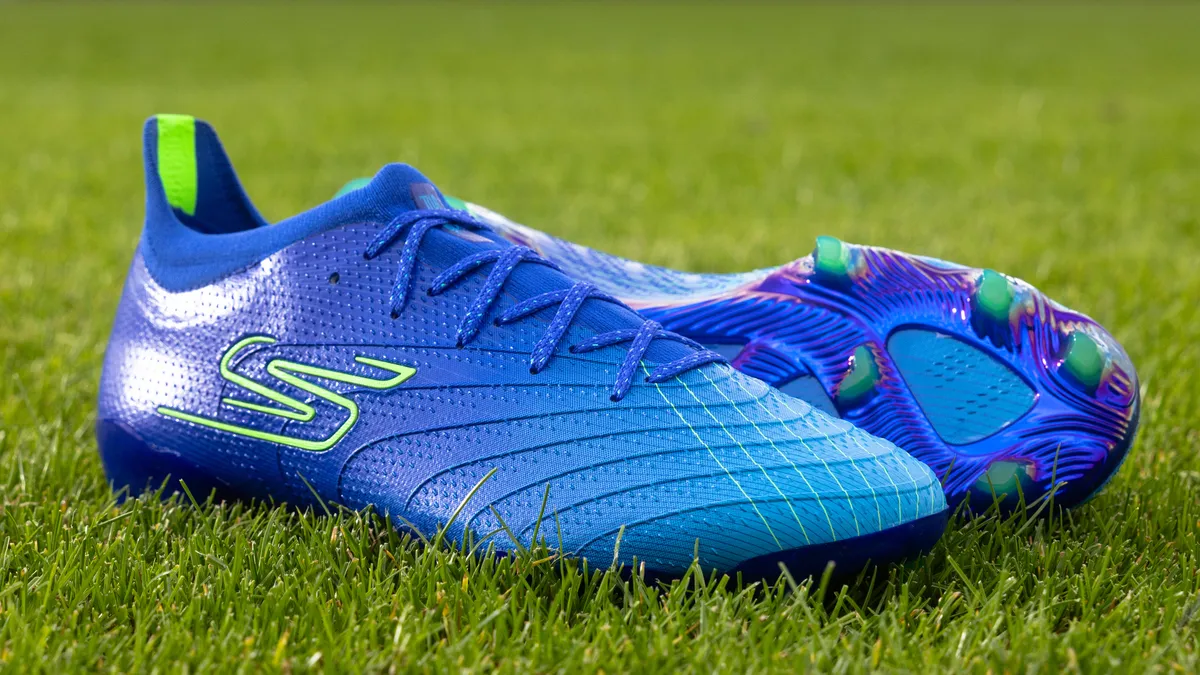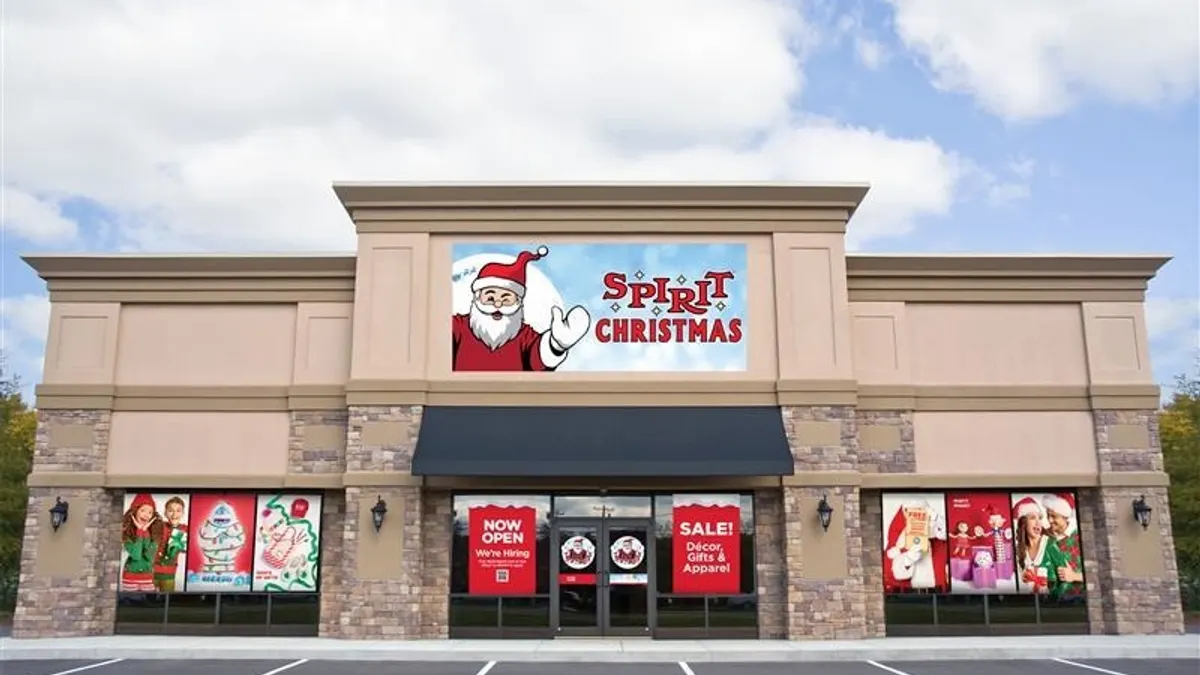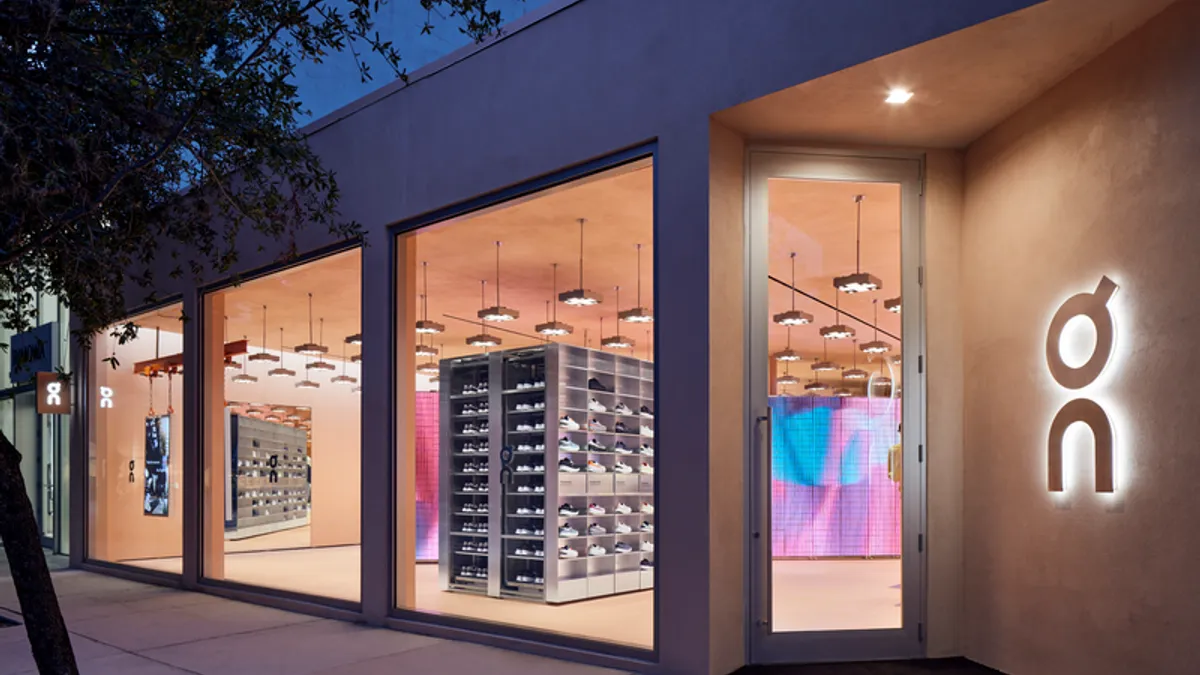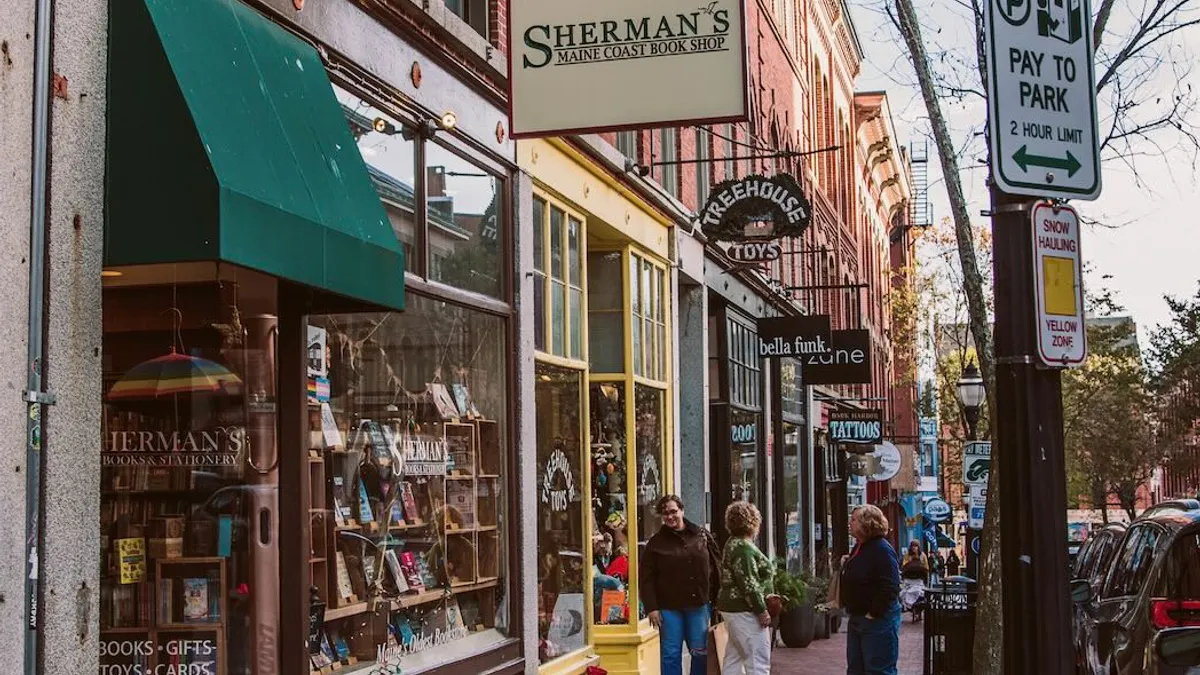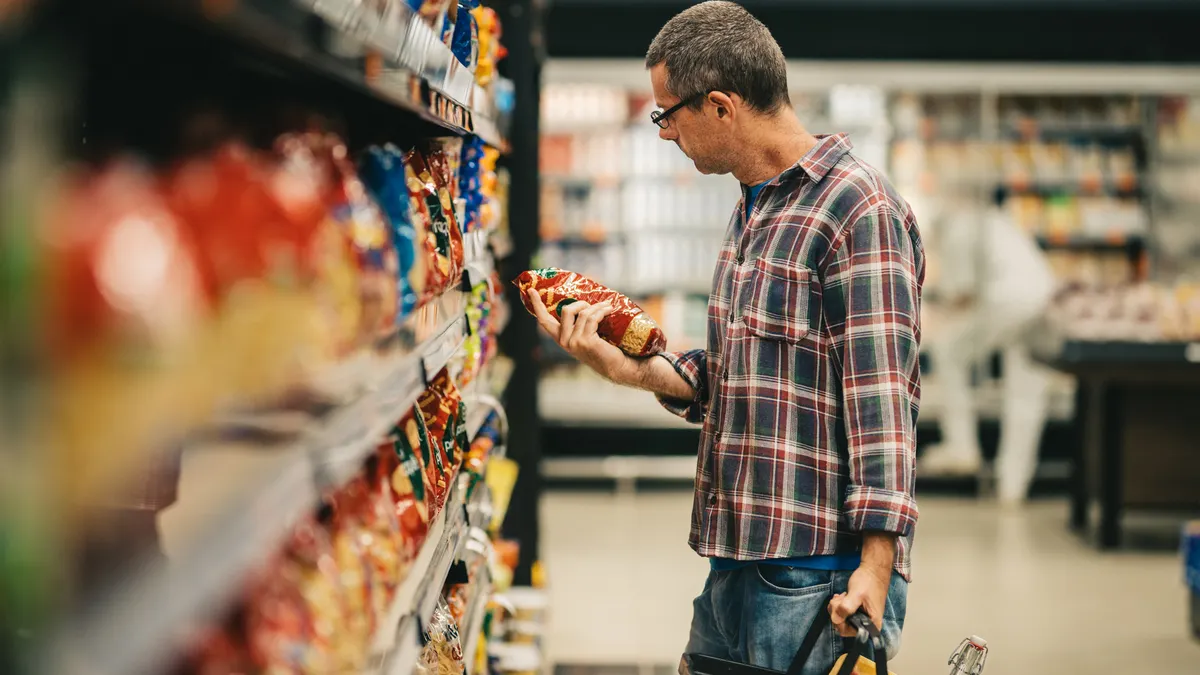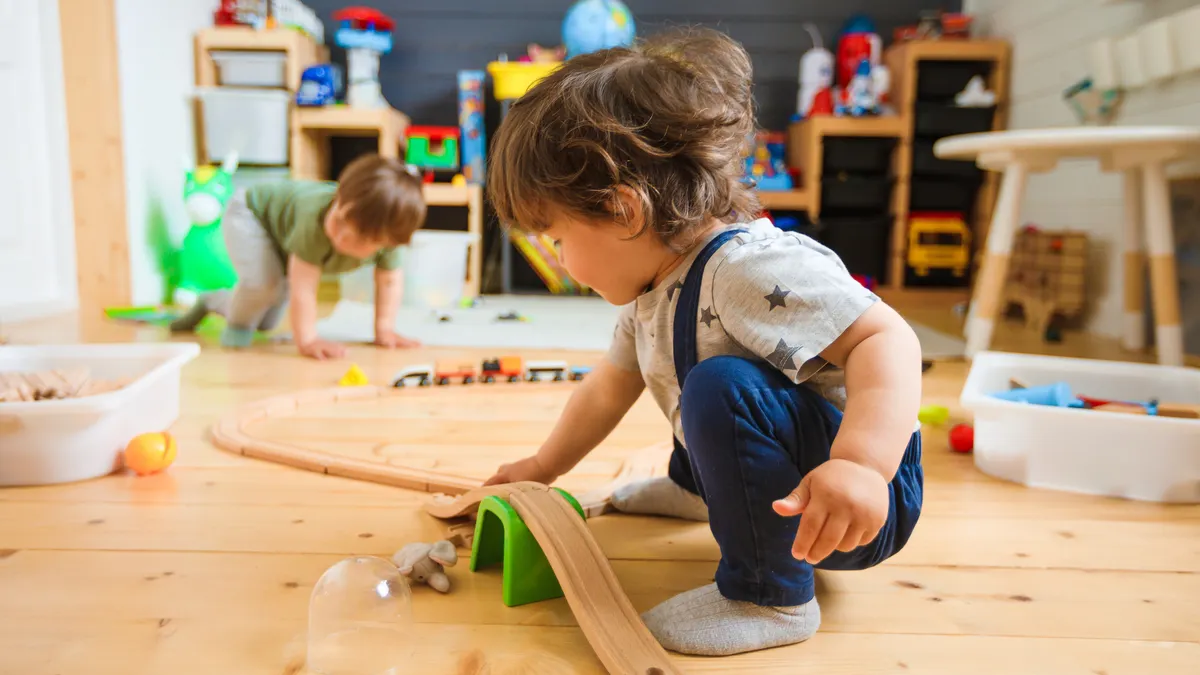The following is a guest post by Sara Gupta, Vice President, Retail Division, Bazaarvoice. The views are the author's own.
Today’s retailers are facing an uphill battle. Consumer shopping behavior is continuously changing, and among larger retailers like mass merchants, wholesalers or grocery chains, there is fierce competition for shopper loyalty.
Most leading retailers carry the same products from the same brands, leaving consumers with multiple choices when deciding where to shop. When shoppers can find the products they want almost anywhere, how can retailers differentiate? Many are finding that consumers are more loyal to the overall shopping experience, not the products themselves.
The term "customer experience" gets thrown around a lot in the retail industry, for good reason.
It is imperative for today’s retailers to provide a positive, seamless, end-to-end shopping experience, meaning that the digital and physical realms should be integrated, with a close understanding of the customer at every touchpoint. It is easier said than done, but here are three tangible ways to improve the customer experience and keep shoppers returning.
In-store efficiencies
Online shopping is easy and convenient. The major downside, however, is the inability to see, feel and try a product before purchase. In an effort to bring the convenience and efficiency of online shopping into the brick-and-mortar experience, many retailers have changed the way they design and run their stores.
Recent research from Bazaarvoice found that nearly half of shoppers believe that it is important or very important for retailers to provide digital in-store experiences like auto-checkout, online ordering and mobile offers. The common theme: they make shopping easier and quicker. The biggest example of this is the adoption of buy online, pick up in-store services (BOPIS). According to eMarketer, more than half of North American retailers offer BOPIS service. Through this option, consumers save on shipping fees and, if necessary, can return or exchange products right away. Retailers benefit from both the saved shipping expense and getting consumers to the store.
Similarly, several retailers have rolled out mobile checkout in the last year. Nothing deters consumers like a slow-moving checkout line. Mobile checkout speeds up the process of purchasing without having to wait in line or interact with store employees. Furthermore, it enables retailers to collect valuable transaction data.
Perhaps most interesting is how the design of today’s physical store is evolving. This often takes the form of smaller layouts, convenient displays and technology-inspired interfaces. For example, Target has prioritized small concept stores, which are stocked with inventory curated to the local population. REI and Nordstrom build experiences like climbing walls, special events and dining into their physical stores for increased engagement. By changing the way they approach the in-store customer experience, retailers can attract shoppers and create more meaningful customer relationships.
Loyalty programs
Another common and effective strategy to earn repeat shoppers is through loyalty programs. These track and incentivize purchasing behavior and engagement, ultimately rewarding customers in different ways for their repeat business. The more a customer shops, the more they receive in return. Critical to success here is incorporating customer touchpoints across all channels. It paints a fuller picture of the customer to develop touchpoints at a personal level.
Today, loyalty programs are commonplace. In fact, the average North American consumer is enrolled in 14 different loyalty programs. Yet, traditional rewards programs are seeing declining engagement, largely due to the fact that these are typically designed as transactional, and not about the relationship between the retailer and consumer.
It is much easier (and more profitable) to convert existing customers rather than new ones, so driving loyalty is extremely important. Loyalty programs that are confusing, inconvenient or unoriginal simply cannot yield the same benefits as those that aim to demonstrate a unique understanding of the customer. With the ubiquity of loyalty programs, the programs that are simple and offer the most compelling and relevant rewards will stand out above the rest.
Personalization
Personalization must be a core pillar across the entire shopping journey. A recent Bazaarvoice study revealed that 50 percent of consumers said that personalization is very useful and improves the shopping experience. Online, this might look like product recommendations or curated homepages. In-store, it can take the shape of digital fitting rooms, product customization or store associates that can pull up information on previous purchases or saved items.
Successful personalization requires the right data, and while many retailers are investing, challenges remain. The same study found 81% of brands and retailers say using consumer data and machine learning to make personalized recommendations on their websites is a focus in the coming 12 to 18 months. This is in contrast to just 3% of brands and retailers that say they are excelling in acquiring — and using — third-party data. Additionally, 58% say they are behind in developing a single view of the shopper across all of their touchpoints. To deliver effective personalization, retailers should integrate three different types of data, website interaction, demographic and buying journey, for a holistic view of a consumer, in order to power tailored experiences.
Without a positive customer experience, it is nearly impossible for retailers to build a devoted customer base. In-store innovations, modern loyalty programs and personalization are just a few of the ways in which retailers are improving the shopping experience for consumers. Retailers who prioritize convenience, simplicity and creativity will nurture customer loyalty and keep shoppers returning time and time again.






